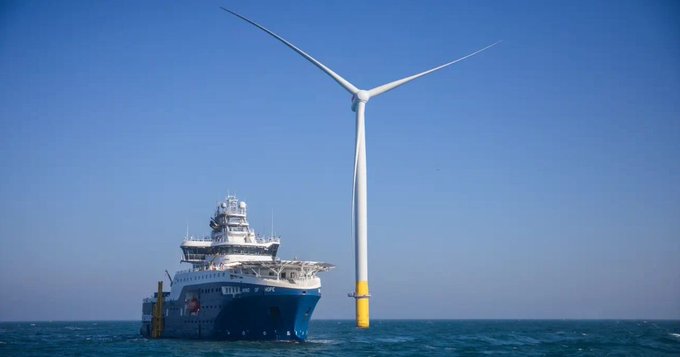The Hywind Tampen floating offshore wind farm began producing power on November 13, according to Norwegian energy firm Equinor (EQNR.OL). According to the company, the power was delivered to the Gullfaks A platform in the North Sea. The wind farm off the west coast of Norway, which will supply power to oil and gas fields while reducing emissions.
Hywind Tampen will be supplying electricity to the Snorre and Gullfaks oil and gas fields. It will be the world’s first floating wind farm, supplying electricity to offshore oil and gas platforms. It will also be the world’s largest floating offshore wind farm, with a system capacity of 88 MW. The project is also an important step toward industrialising solutions and lowering costs for future offshore wind power projects.
Read Also: Construction work to start on feeder station upgrades in Scotland
Hywind Tampen to become the testing ground for future developments
Equinor will operate nearly half (47 percent) of the world’s floating wind capacity once Hywind Tampen is operational. Hywind Tampen will serve as a testing ground for future floating wind developments. It will also include the use of new and larger turbines, installation methods, simplified moorings, concrete substructures, and integration of gas and wind power generation systems.
The floating wind farm will feature 11 wind turbines that have been upgraded from 8 to 8.6 MW. The capacity in the export system and on the platforms has not been upgraded in accordance. However, the increased capacity may contribute to an increase in yearly total production due to increased uptime. Operational experience with completed facilities can also help to improve production capacity by increasing utilisation rate.
The wind farm is expected to meet approximately 35% of the annual electricity power demand of the five Snorre A and B platforms, as well as the Gullfaks A, B, and C platforms. This percentage will be significantly higher during periods of higher wind speed.

